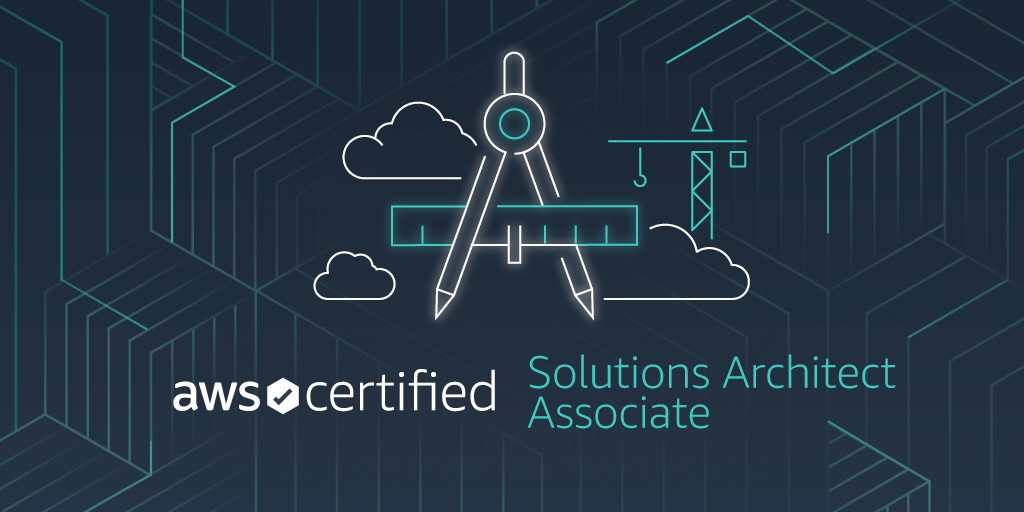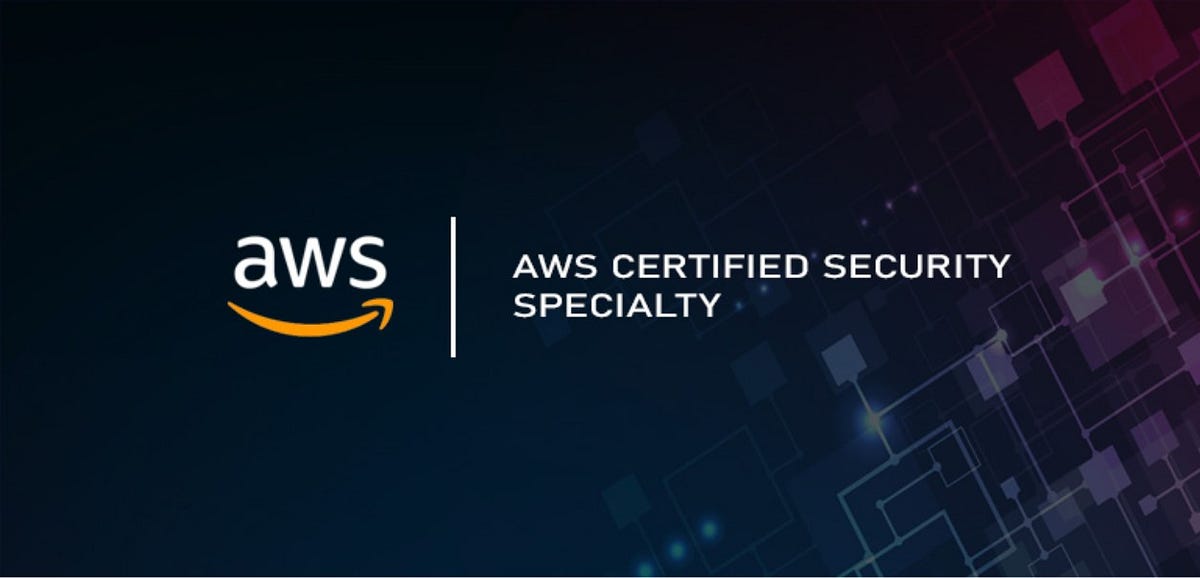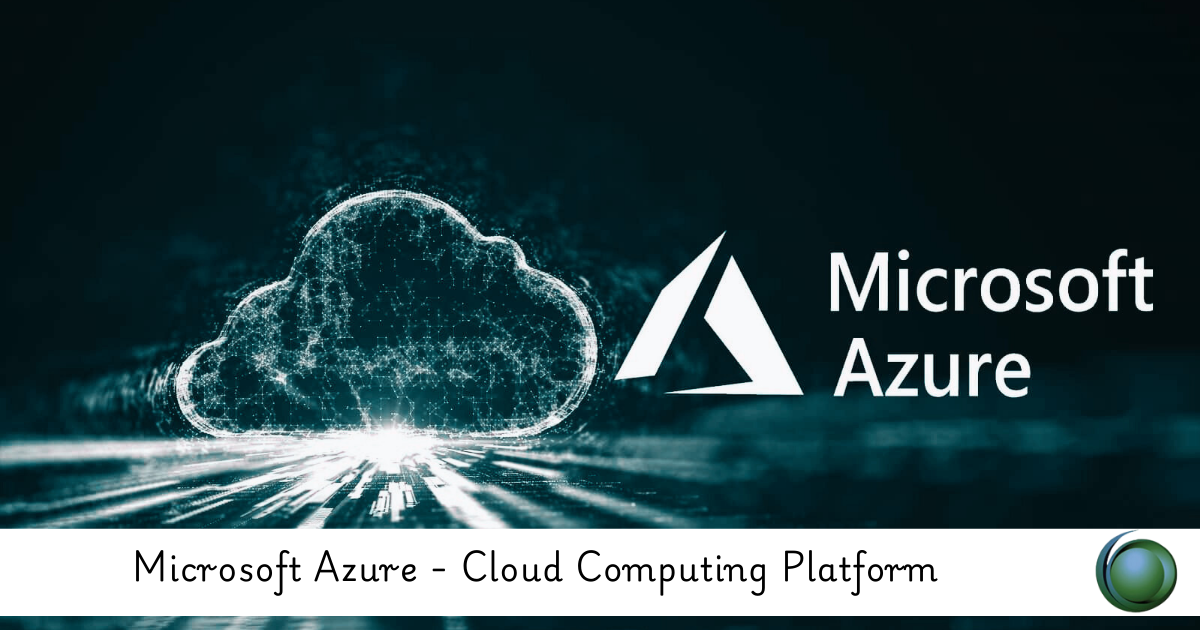Description
AWS Solutions Architect needs understanding of specific programming or scripting languages – Java, Python, or C#, Data storage fundamentals and Networking.
Course Objectives
This course teaches you how to:
- Leverage different AWS services to make your infrastructure and applications scalable, reliable, secure, cost-effective, and highly available.
- Leverage AWS managed services to enable greater flexibility and resiliency in infrastructure and applications.
- Make an AWS-based infrastructure and applications more efficient to increase performance and reduce costs.
- Use the Well-Architected Framework to improve architectures with AWS solutions.
- Use the most common methodologies to develop, deploy, and maintain applications on AWS.</li>
- Perform operations by using the AWS Management Console and the AWS CLI</li>
- Monitor, log, and troubleshoot systems
Prerequisites
We recommend that attendees of this course have the following prerequisites:
<ol>
- Courses taken: AWS Technical Essentials (Preferable)
- Working knowledge of distributed / multi-tier systems
- Working knowledge of at least high-level programming language
- Familiarity with general networking concepts (IP Addresses, firewalls etc.)
- Familiarity with DNS concepts and working
Delivery Method
This course will be delivered through a mix of:
- Virtual Instructor-led Training (vILT)
- Hands-on Labs (70%) whereas Presentations, Activities, and End of Module Questions (30%)
- Appropriate case studies will be taken up during each module.</li>
AWS Overview </strong>
<ol><li>Cloud Computing Fundamentals</p>
-
-
- History of AWS
- Characteristics of AWS</li><li>Overview of AWS Infrastructure (Regions, Availability Zones, CDNs)
<
-
li>
- AWS Managed Services vs Unmanaged Services</li><li>Well Architected Framework
- Overview of AWS Command Line Interface (CLI), SDK and APIs
</ol>
EC2
- Overview of Elastic Compute Cloud (EC2)
- EC2 AMIs
- EC2 Instance Types
- EC2 User Data – Bootstrapping EC2 instances (Linux and Windows)
- EC2 Instance Metadata
- EBS Volumes
- EBS Snapshots
- Instance Store Volumes
- Security Groups
- Key Pairs
- On-demand vs Spot vs Reserved vs Scheduled vs Dedicated
- Elastic Load Balancers
- Autoscaling with CloudWatch alarms setup
- Placement Groups
- EC2 Limits and Pricing
VPC
- Overview of VPC
- VPC Wizard
- Subnets
- Route Tables
- Network ACLs
- Security Groups
- Bastion Hosts
- Elastic IPs
- Internet Gateway
- NAT Instances and NAT Gateway
- VPC Peering
- VPC Transit Gateway
- Virtual Private Gateway
- Customer Gateway
- VPN Connection
- Direct Connect
- Flow Logs
S3, Glacier and Other Storage Types
- Overview of S3 Object Storage
- S3 Entities – Buckets, Folders, Objects
- Glacier Storage Overview and Glacier vs S3 comparison
- S3 and Glacier Storage – Classes
- S3 Security
- Bucket Policies,
- ACLs,
- Encryption Types,
- Object Lock
- S3 Properties
- Static Website Hosting,
- Versioning,
- Events,
- Transfer Acceleration
- S3 Management – Lifecycle, Cross Region Replication
- CloudFront & CDNs
- Import/Export
- Snow Family
- Snowcone,
- Snowball,
- Snowball Edge and
- Snowmobile
- Storage Gateway
- Elastic File System (EFS)
Databases
- Overview of databases
- RDS
- Licensing and Management (IaaS vs PaaS)
- Multi-AZ Deployment
- Read Replicas
- Automated Backups
- Database Snapshots
- DynamoDB (No SQL Database)
- RedShift (Datawarehouse)
- Elasticache
- Database Migration Services (DMS)
- Other Databases (Time Series, Graph, etc.)
IAM
- Overview of Identity and Access Management
- Policies
- Groups
- Users (Root, Admin, Power, General)
- Roles
- Security Token Service (STS)
- Multi-Factor Authentication
- Identity Providers
- Federated Identity (Active Directory, Web Identity)
- Credential Report
Route 53
- Overview of DNS
- Routing Policies (Simple, Weighted, Latency, Failover and Geo-location)
Application Services
- Overview of Application Services
- Simple Notification Service (SNS)
- Simple Queue Service (SQS)
Management Tools, Serverless Computing and Containers
<li
-
- >Cloud Formation
- Elastic Beanstalk
- Opsworks
- Lambda
- Overview of Containers
- Containers vs Virtual Machines
<li
- >Overview of AWS ECS, EKS, Fargate</li>
- Systems Manager
Monitoring and Auditing
-
-
- Cloud Watch (Events, Logs, Alarms, Notifications)
- Cloud Trail
- AWS Config
- AWS Inspector
<
-
li>
- Trusted Advisor
Security and Disaster Recovery</strong>
-
-
-
-
- Security considerations and best practices
- Shared Responsibility Model
- Web Application Firewall (WAF)
<li
-
>AW
- S Shield
-
- AWS Guard Duty
- Cloud HSM
- Key Management Service (KMS)
- Compliance
- Disaster Recovery
-
<
/ol
-
-
- &
gt;
-
DevOps
- “list-style-type: none;”>
-
- DevOps Lifecycle
- CI/CD Overview
- Deployment Methodologies
- Blue-Green Deployment
- DevOps Automation (CI/CD Pipeline)
-
Streaming and Analytics Services</strong></h3>
-
-
- Streaming Concepts
- Kinesis Data Firehose
<li
-
>Ki
- nesis Data Streams
- Kinesis Data Analytics
For more inputs on AWS Solutions Architect Associate Training/staffing you can connect here.
Contact the L&D Specialist at Locus IT.
Locus Academy has more than a decade experience in delivering the training/staffing on AWS Solutions Architect Associate for corporates across the globe. The participants for the training/staffing on AWS Solutions Architect Associate are extremely satisfied and are able to implement the learnings in their on going projects.







Reviews
There are no reviews yet.